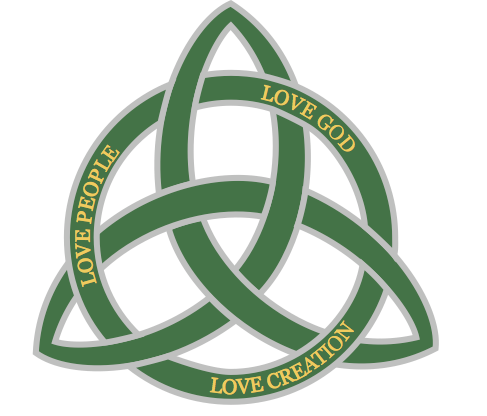Module Two: An Answered Call
“Over there, on the horizon, the sun has just touched with light the outermost fringe of the eastern sky. Once again, beneath this moving sheet of fire, the living surface of the earth wakes and trembles, and once again begins its fearful travail. I will place on my paten, O God, the harvest to be won by this renewal of labor. Into my chalice I shall pour all the sap which is to be pressed out this day from the earth’s fruits.” (Chardin, The Mass on the World, “The Offering”)
“Then your light shall break forth like the dawn,
and your healing shall spring up quickly;
your vindicator shall go before you,
the glory of the Lord shall be your rearguard.
Then you shall call, and the Lord will answer;
you shall cry for help, and he will say, Here I am.”
Module Two: An Answered Call
In preparation for this week's material, please read chapters 5–8 in Sandy Tolan’s The Lemon Tree. In addition, consider the following:
“The Tyger” by William Blake
The 10 Best Works by William Blake The Songs of Innocence and Experience are discussed in number 8.
Why Art? Why Write? by Makoto Fujimura
Sandy Tolan’s original NPR interview that sparked interest in the story of the lemon tree.
Pierre Teilhard de Chardin’s Hymn of the Universe. We will be reading from the first section, “The Offering”
In creation, what role does trauma play? M. Fujimura writes, “ALL art, actually, flows out of the fissures of our brokenness and trauma.” Do you agree?
In The Lemon Tree, describes great brokenness as a result of war. Can hope persist in the midst of war?
In Eucharist, the fruit of the earth in bread and wine become sacred through sacrament. What does this imply?

